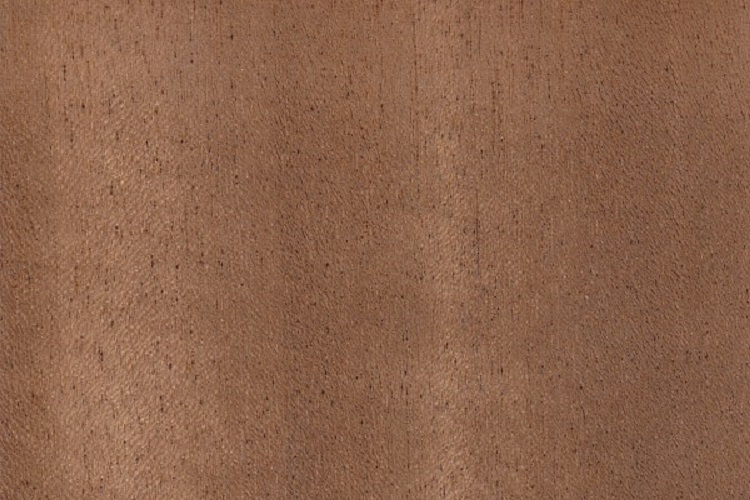

AFRICAN WALNUT | Dibetou WOOD(Lovoa trichilioides)
Generally easy to work with both hand and machine tools, though care must be taken to avoid tearout when surfacing interlocked grain. Turns, glues, and finishes well.Heartwood is a golden yellow to reddish brown, sometimes with darker streaks and veins. This Specie Can be produced and shipped in Saw logs, Peeled Logs, Square edged timber, Round edged timber, Flooring boards, Finishing boards, Unedged boards, Square logs, Decking boards, Parquet floors, Floor planks, Wall coverings(Veneers Sheets), Plywood, Roof coverings, Rattan, Sleepers, Polls and proprietary grade hardwood products of both finish and unfinished.
Buy This Wood Require More Details Product List Company's Catalogue
Agrowooders Is A "People, Customer, & Environmental-Oriented Organization"
"At Agrowooders, our mission is to provide quality agro(farm) And wood products to businesses and individuals worldwide. We are committed to providing the highest quality products and services to our customers while maintaining a commitment to environmental sustainability.".......... Read On!
